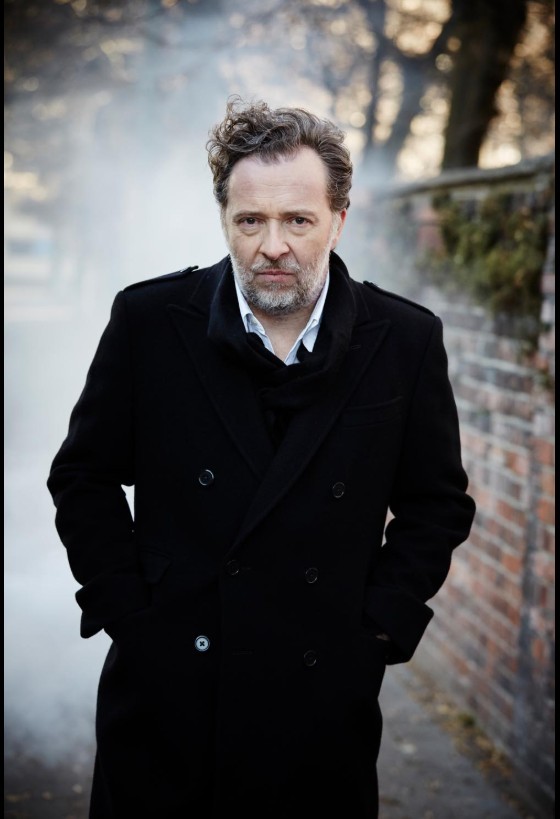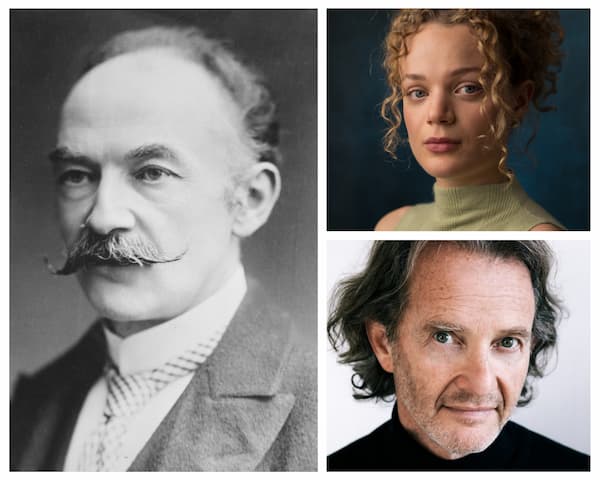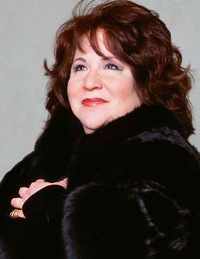
Aprile Millo © Johannes Ifkovits
Bel canto is usually thought to be the ornamented elaborate style of Rossini, Bellini, and Donizetti, and to have died out by the mid-19th century. Querns Langley, however, argues that the tradition can be traced back to Baroque composers such as Porpora and then forward through Haydn and Mozart to Wagner. Querns Langley also thinks that bel canto can be pushed forward into the 21st century, citing composers such as Cevanne Horrocks-Hopayian as an example.
Horrocks Hopayian: Bird Dance
Bel canto doesn’t mean only ornamentation. At its heart, it really means beautiful song and/or beautiful singing (depending if you think ‘canto’ is a noun or a verb). It is that line of beauty that Quern Langley follows, and, for him, the beauty lies in the details of the legato and the colouring of the sound. 20th-century sopranos such as Maria Callas and Joan Sutherland did much to bring back the bel canto repertoire.
Bellini: Norma: Casta Diva (Joan Sutherland, Norma; The Elizabethan Symphony Orchestra; Richard Bonynge, cond.)
For many of Querns Langley’s students, finding bel canto means finding a key to their ‘unicorn’ voices. Bel canto techniques can help sopranos approach the technical difficulties of Mozart’s Queen of Night, or help a heldentenor be more than a stentorian Wagner shouter.
Mozart: Die Zauberflöte, K. 620, Act II: Der Holle Rache kocht in meinem Herzen (Diane Damrau, Royal Opera House production )
Bel canto isn’t a marginalized repertoire of old-fashioned operas, but an entire world of singing that has its roots in the da capo form.
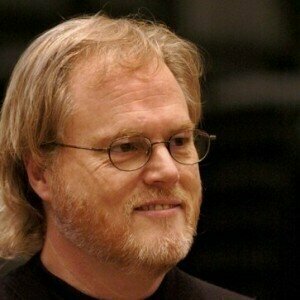
Bruce Ford © www.classicalm.com
Rossini: Maometto II, Act II: Non temer: d’un basso affetto (Ewa Podleś, Calbo; Hungarian State Opera Orchestra; Pier Giorgio Morandi, cond.)
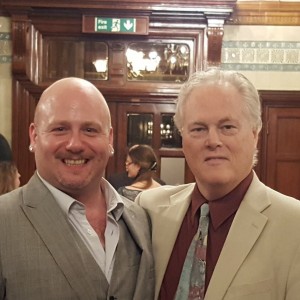
Kenneth E. Querns Langley and Bruce Ford
at last year’s festival
Verdi: Aida: Act IV: O terra addio (Aprile Millo, Aida; Plácido Domingo, Radames; Dolora Zajick, Amneris; Metropolitan Opera Chorus; Metropolitan Opera Orchestras; James Levine, cond.)

